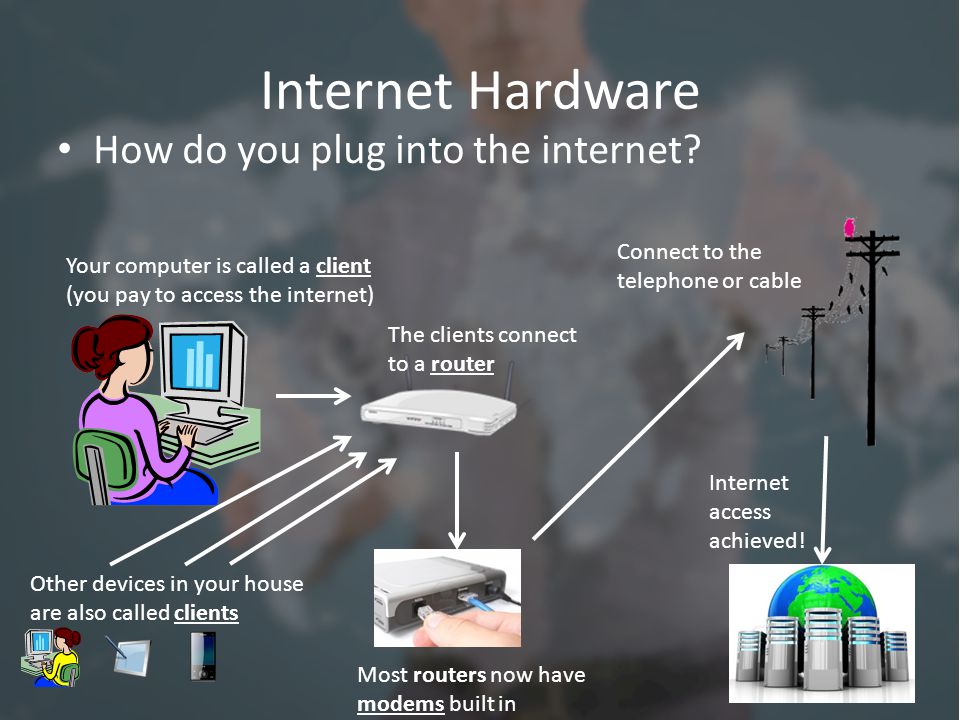There are over 4.3 billion Internet users around the world, over half the world´s population, but do we know how it works?
It has been over 50 years since the Internet began to take its first steps –not even the people behind it were aware of the revolution it would bring–, and since then the global communications network has reached 4.3 billion users worldwide (over half the world’s population). This invention has meant so much in our day-to-day lives that 60% of households around the world now count on the Internet as another member of the family. A revolution that had not been seen since radio started broadcasting.
This global communication channel, which allows us to be in contact with any corner of the world, has thus become one of those everyday tools we only give importance to when it stops working properly due to a fault or an unexpected interruption. That is when, with our mailbox on a perpetual loop or our Instagram account awaiting the latest posts from our favourite influencers, we wonder how on earth this technological marvel works. Well, today we are going to offer answers to your questions. Let’s go.
A vast web of information
If there is one thing in nature that can be compared to the Internet, it is the web that is so patiently weaved by those spiders we try so hard to avoid. Indeed, the tangled web of cables and telecommunications behind the Internet is as extensive as it is useful. The more robust it is, the more stable, fast, and efficient our connection will be.
This “web” is accessed by subscribing to an Internet service provider (telephone company), which uses its own transport network to allow communications to reach our home. But even here there are some small differences to bear in mind, namely that this network can be fibre optic, coaxial cable or wireless. This depends on the type of service we have taken out with the operator.
Once this connection reaches our home, the information must be processed and distributed, which is carried out thanks to two devices which are now almost as familiar to us as the dishwasher or the telephone: the router and the modem. While they may seem the same, they each have their own peculiarities. A router is an advanced version of the modem, and allows us to connect several devices at once: mobile phone, computer, tablet, television, console… This is the most common device in homes today.
A return trip
So now we know that the network reaches our home through a mass of communications and that it is decrypted by a device. So far so good. However, the Internet is not a one-way channel, in fact quite the opposite is true. Indeed, the flow of data in both directions is what allows us, for example, to run a search. We send a data packet in order to receive a response, and this happens every time we click our mouse or play back video. But how does this wonder come about?
The answer lies in the information our router sends and receives from the data centres. These centres, which are key in ensuring the correct flow of multipoint information, are in charge of collecting the information of all users in an area and of uploading it to the net. That’s why we will find them at local, regional or national level, depending on their type of use. And it is from these centres that the information we are looking for is transported to any server anywhere in the world. That is how we are able to find the menu of our favourite restaurant or complete the online transaction we had in mind.














